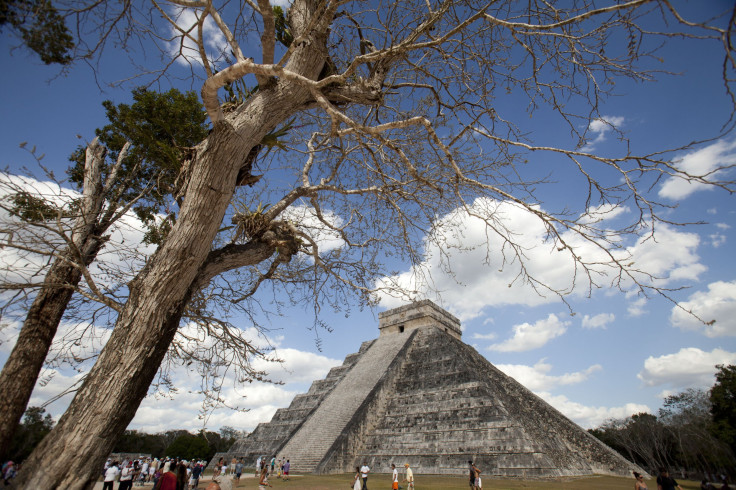Mayan Civilization: Exact Timeline Of Volcanic Eruption That Disrupted Ancient Communities Revealed
KEY POINTS
- Ilopango explosion happened during Maya Early Classic Period from 300 A.D. to 600 A.D.
- It was more than 50 times larger than the more-known Mount Saint Helens eruption of 1980
- It spewed 10 times more volcanic materials than Mount Vesuvius eruption
The timeline of eruption that devastated the ancient Mayans, in what is now known as El Salvador, has been determined by a team of scientists. They found out that the historical Ilopango volcanic eruption took place 1,590 years ago in 431 A.D. It was larger than Mount Vesuvius' eruption that covered the old city of Pompeii in Italy.
While previous studies offered estimates on when the eruption devastated the Mayan communities in the region, it is only now that scientists have determined its exact timeline in history. Not only does the new insights pinpointed the precise date of the historic eruption, but the scientists have also described how the scenarios surrounding the eruption took place. The study is published in the Proceedings of the National Academy of Sciences.
“More than 2 million square kilometers (772,204.3171 square miles) of Central America was covered with at least one-half centimeter of ash and it would have been dark over this region for at least a week,” Victoria Smith, lead author of the study and an associate professor from University of Oxford, said in a press release.
“The explosion would have killed every living thing within 40 kilometers (24.8548 miles) and there would have been no inhabitants for many years or decades in the vicinity,” Smith added.
According to the study, the Ilopango eruption spewed an estimated 55 cubic kilometers or 13.1952 cubic miles of magma. The explosion happened during the Maya Early Classic Period from 300 to 600 A.D. and disrupted the growth of the Mayan Civilization across Central America.
Compared to the Mount Vesuvius eruption in 79 A.D. that covered the Roman city of Pompei in ashes, Ilopango spewed 10 times more volcanic materials, the scientists said in the study. They also compared Ilopango to the more-known eruption of Mount Saint Helens in 1980, noting that Ilopango was more than 50 times larger.
To come up with the result, the scientists used a 3D tephra dispersal model to create a detailed mapping of the volcanic materials present within the site of the eruption. They found that the ash reached as far away as Greenland. The team analyzed an ice core from Greenland and did radiocarbon measurements, therefore calculating the exact timeline of the eruption.
Today, the Ilopango Caldera still sits six miles from San Salvador City, the capital of El Salvador. It remains a part of the Volcanic Arc of the country consisting of 21 active volcanoes.

© Copyright IBTimes 2025. All rights reserved.





















